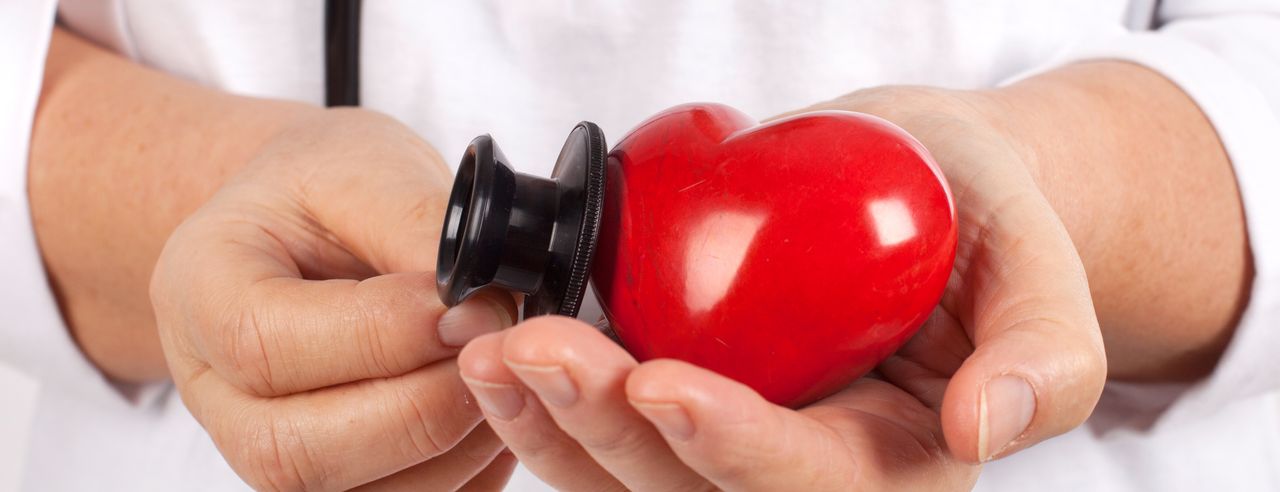
Study on healing therapies for cardiovascular risk factors
C. Gutenbrunner et al.
May 2002
Healing & thermal therapy
Heart / Circulatory system
Very few controlled studies are available in the literature on the effectiveness of inpatient treatment. This also applies to the cardiovascular risk profile. In addition, in many studies the parameters are only recorded at the beginning and end of the treatment, i.e. in the special situation of the rehabilitation clinic. Finally, follow-up examinations are usually based on interviews with patients or general practitioners, which is problematic in terms of measurement reliability. In order to rule out these problems, the Institute of Balneology and Medical Climatology under Prof. Dr. med. Chr. Gutenbrunner conducted a prospective controlled study with a 1-year follow-up, in which all measurements were taken under standardized conditions at the patient's home location.
A total of 199 patients with elevated cardiovascular risk factors took part in the study. The measurement points were 14 days before (U1), 14 days after (U2) and 1 year after (U3) inpatient treatment or the control phase. The most important therapeutic elements of the treatment were cardiopulmonaryendurance training, an individually adapted diet, training programs on cardiovascular risk factors and other physical and balneological treatments related to other diseases. The control group was examined in the same way, but did not receive any additional intervention. All patients remained under the control of their GPs, and the measurement results were reported to the GPs. The main target parameters were metabolic and circulatory risk factors as well as body weight (BMI, apolipoprotein B, fasting insulin, fibrinogen, mean arterial pressure).
82 patients in the study group and 94 patients in the control group completed the study. The baseline values were comparable in both groups. A multivariate analysis (Wilks-Lambda) of the changes in the aforementioned risk parameters up to the first examination after the treatment showed statistically highly significant differences between the study and control groups, with the differences contributing to the overall result in the following order: BMI, mean arterial pressure of apolipoprotein B, fasting insulin and fibrinogen. The differences in the changes between the study and control groups one year after the treatment were only weakly significant.
Overall, there was a good immediate effect of the inpatient treatment on the cardiovascular risk profile. One year after the treatment, however, the changes were again significantly reduced and no longer relevant for all parameters. It therefore appears necessary to develop and evaluate networked models between treatment procedures and targeted diagnosis-specific care at the patient's home location .
The most important information on the study at a glance
- Indications
- Cardiovascular risk factors
- Institution
- Institute of Balneology and Medical Climatology, Hannover Medical School, Germany
- Title
- Study on healing therapies for cardiovascular risk factors
- Brief description
- The study shows that inpatient treatment improves the cardiovascular risk profile, although follow-up care is recommended.
- Original title
- Prospektive kontrollierte Studie über die Langwirksamkeit stationärer Heilverfahren auf das kardiovaskuläre Risikoprofil
- Link to the study
- https://www.thieme-connect.de/products/ejournals/abstract/10.1055/s-2002-35159
Suitable trips for this study topic
You might also be interested in
Healing & thermal therapy
Women's health / Menopause
K. V. Gordon, S. M. Avtomeenko
October 2013
The study shows that physical therapies increase pregnancy rates and reduce obstetric risks in high-risk patients.
Healing & thermal therapy
Psoriasis / Eczema
Skin / Allergies
A. I. Miliavskiĭ et al.
January 1989
The study shows that spa therapy for psoriasis leads to a significant improvement and normalization of immunological parameters.
Cancer rehabilitation
Healing & thermal therapy
Kuo-Yang Tsai et al.
October 2022
The study shows: Early lymphatic drainage with rehab exercises improves neck mobility and lymphedema control after oral cavity cancer.